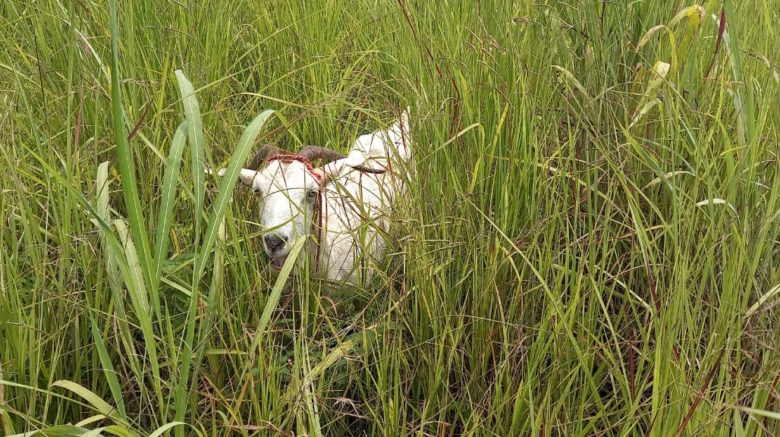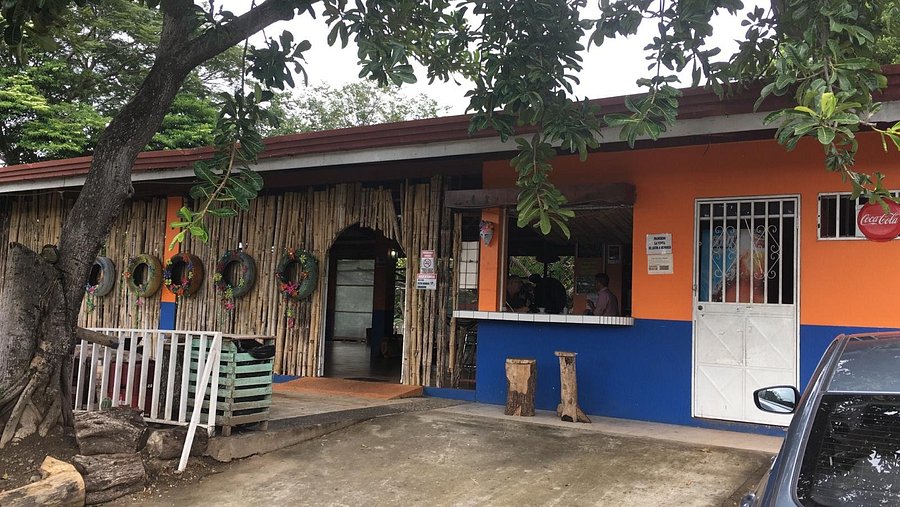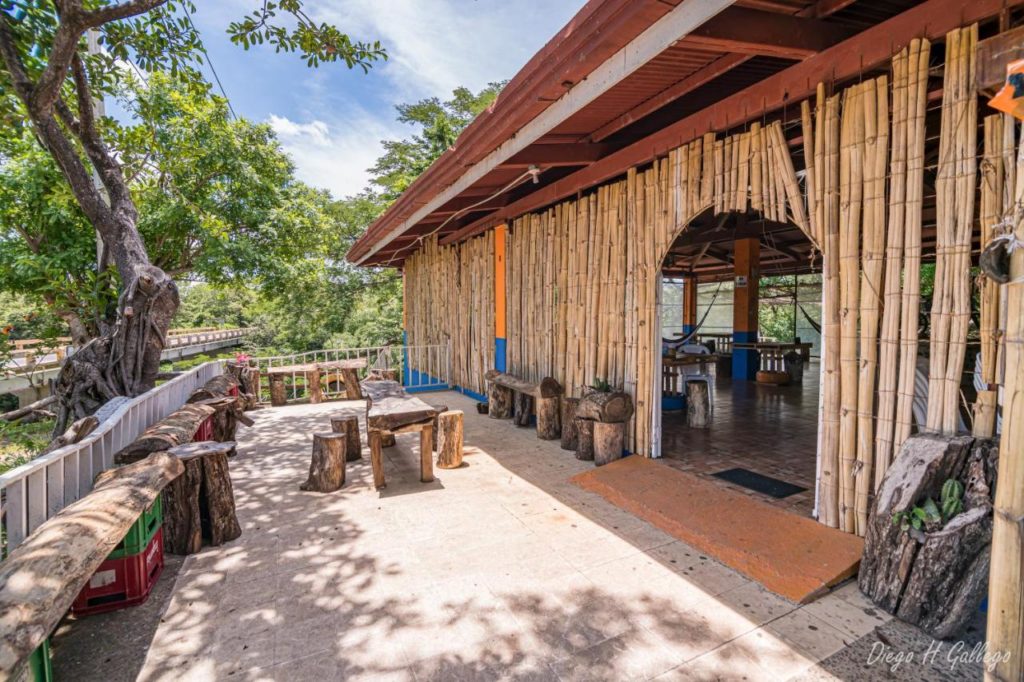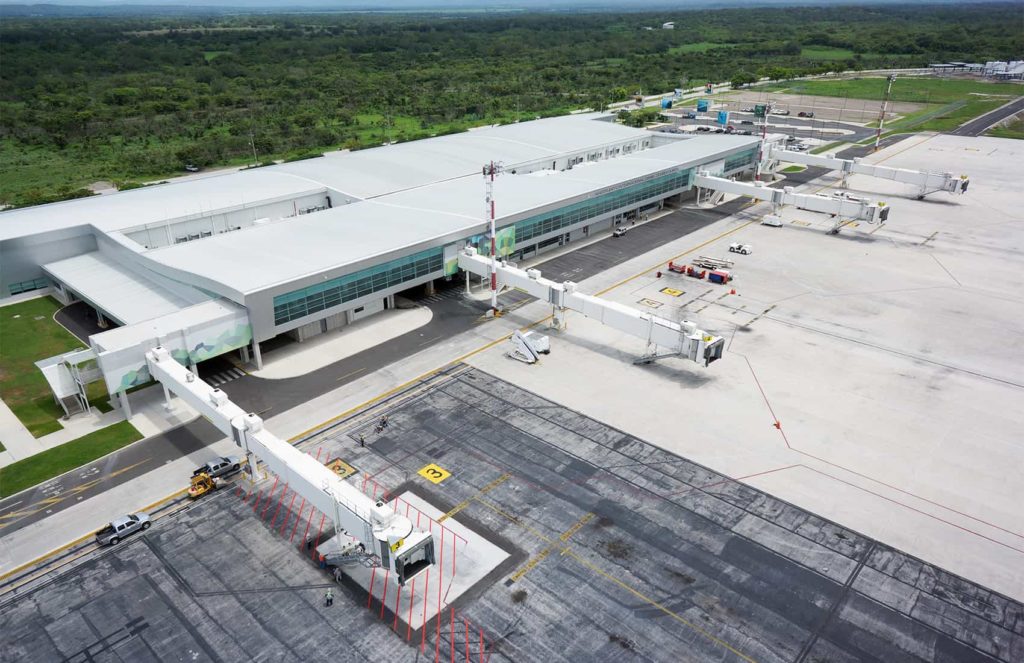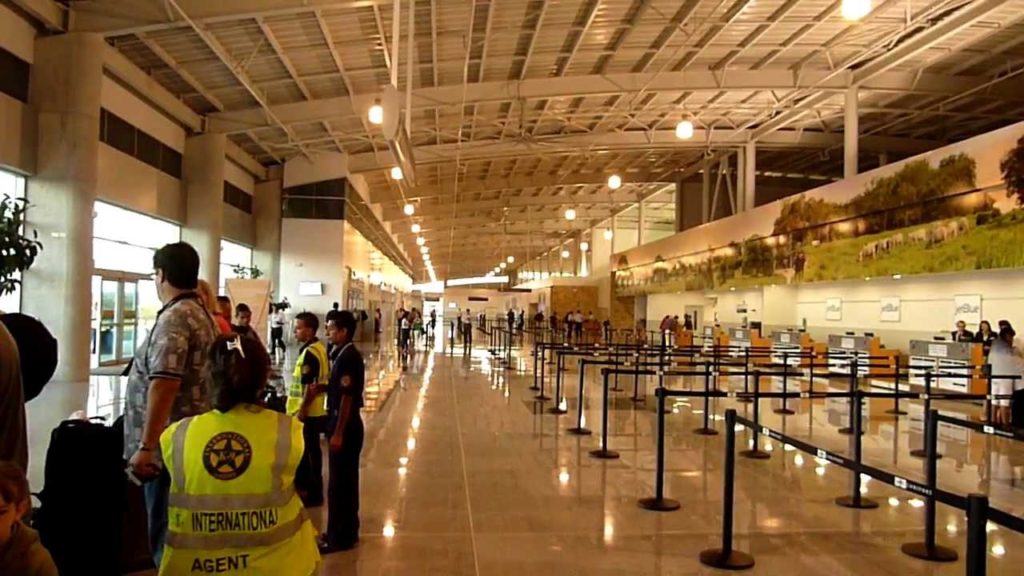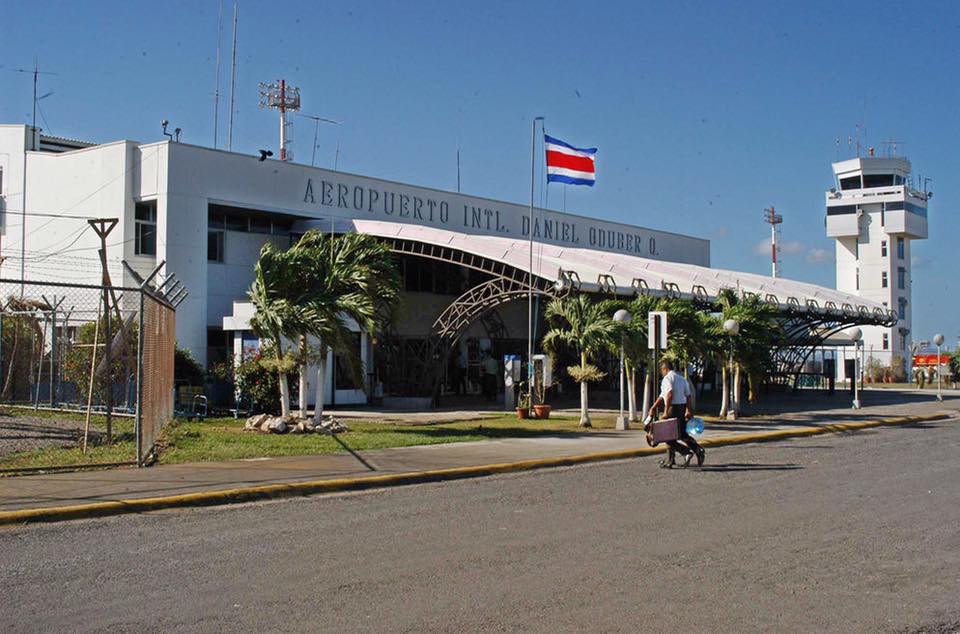9 September
After spending a delightful evening with Fr. Guillermo in Liberia, and being refreshed by a good night’s sleep, Fr. Miguel, Ignacio, and Eduardo were ready to hit the road again.
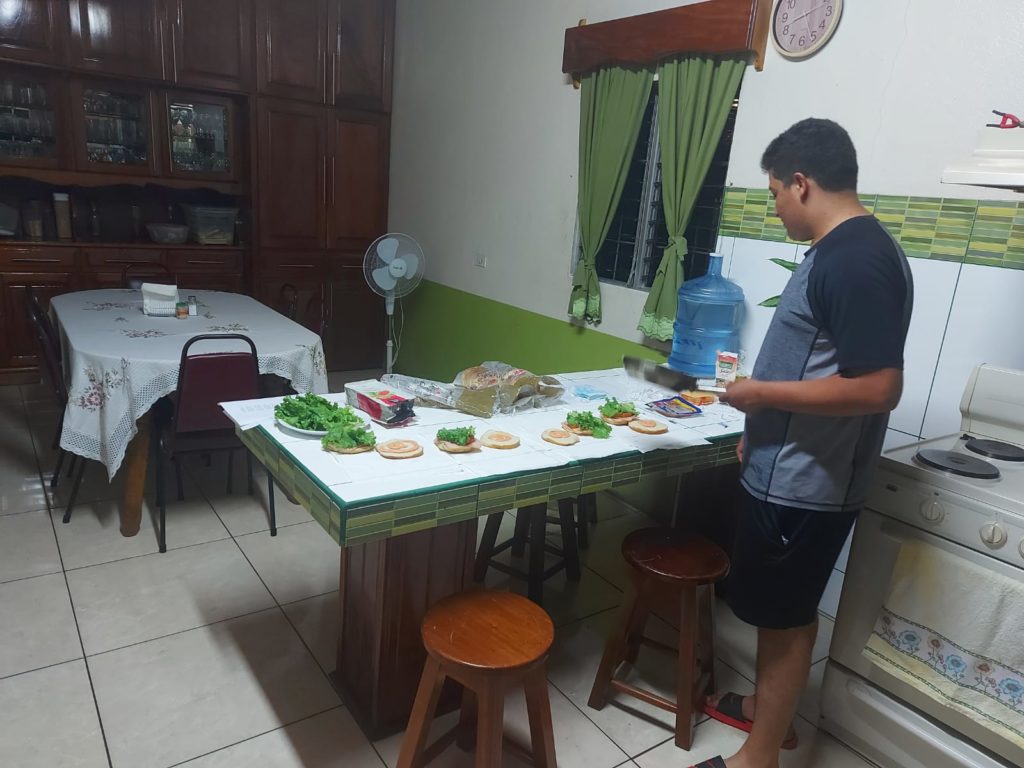
But not before team chef Eduardo fixed breakfast to go. Can’t forget the food!!!
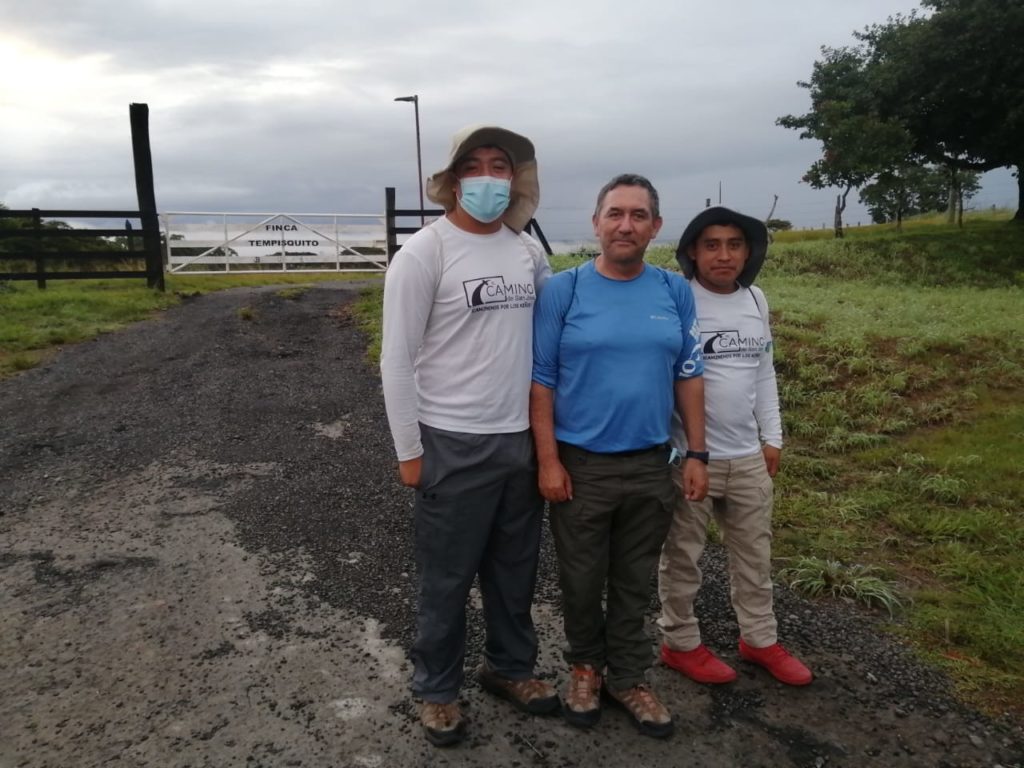
Fr. Guillermo took the team back to Pelón de la Altura, dropping them off at Tempisquito Farm, so that they could begin the long walk back to Liberia, where they would again spend the night.
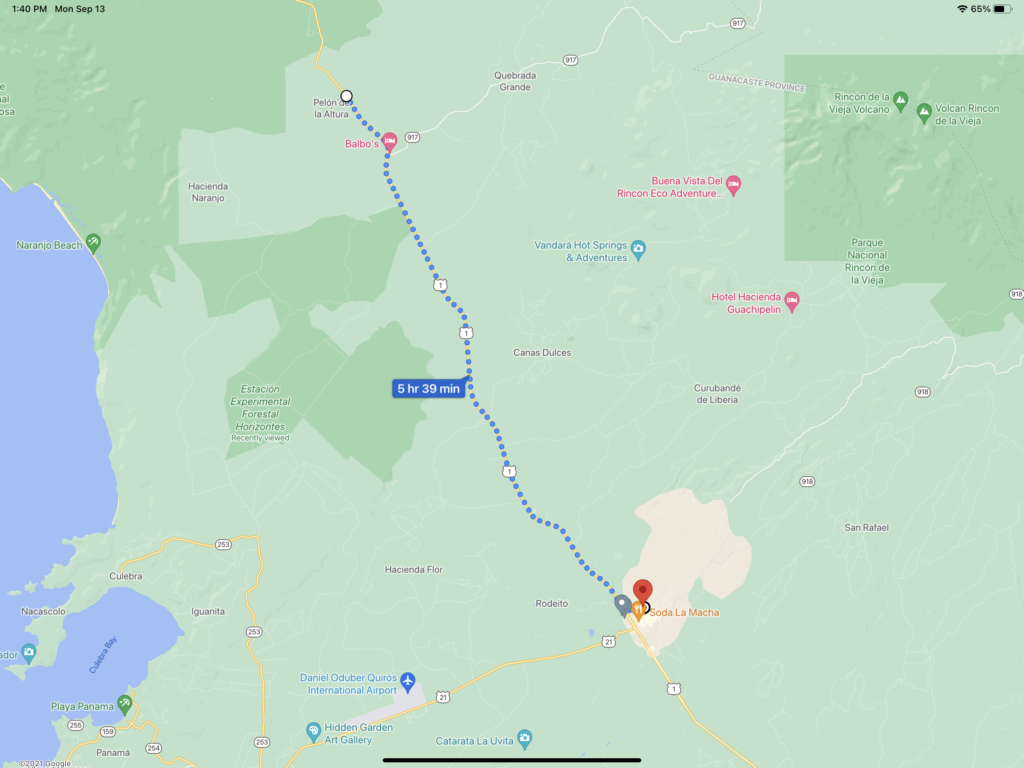
There isn’t much between Pelón de la Altura and Liberia, a distance of a little over 17 miles.
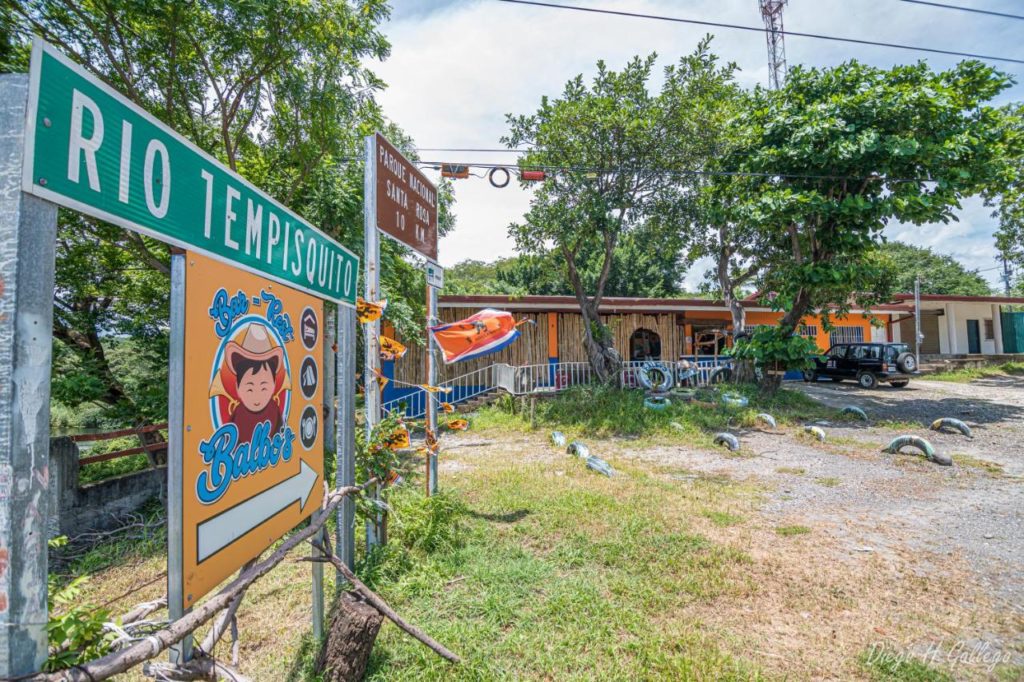
About the only place that shows up on the map is Balbo’s, a hostel about 16 miles from Liberia.
Balbo’s offers highly rated accommodations and advertises a garden, a terrace, and free private parking.
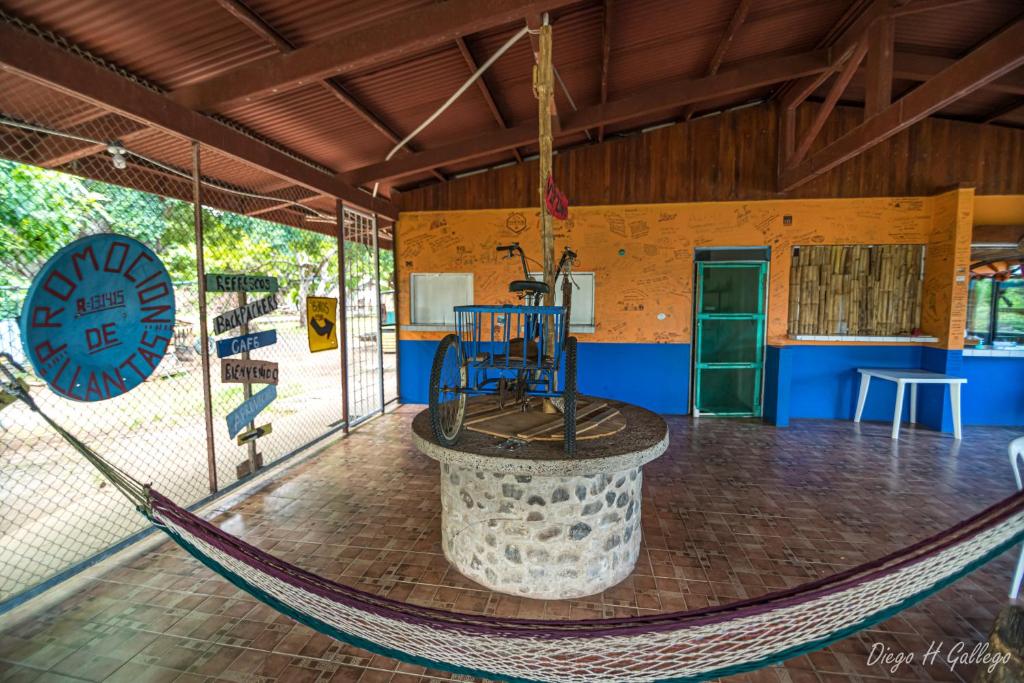
Their listing on www.booking.com says, “We speak your language!” I’m thinking, “If they have hammocks, they definitely speak Fr. Miguel’s language!” ?
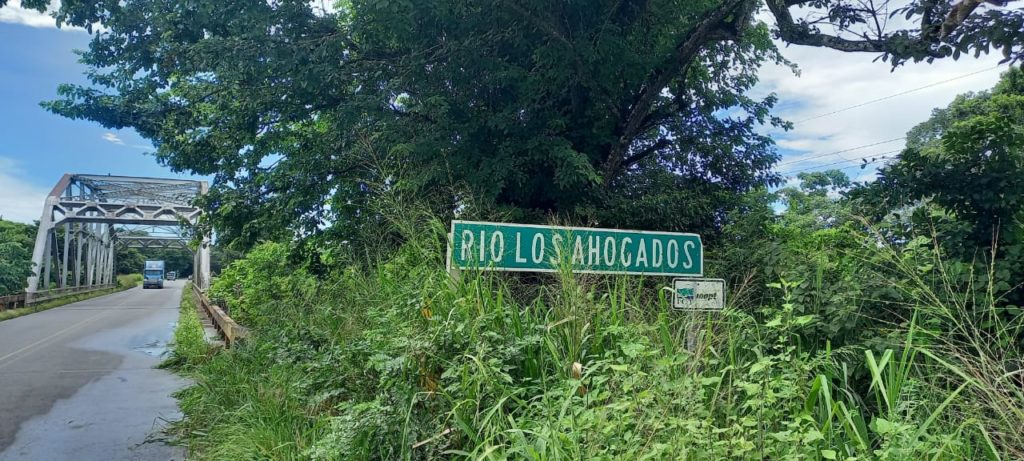
A little less than half way to Liberia, the travelers crossed the Rio los Ahogados. No one wanted to swim in this river. In English, its name is “Drowning River”! ?
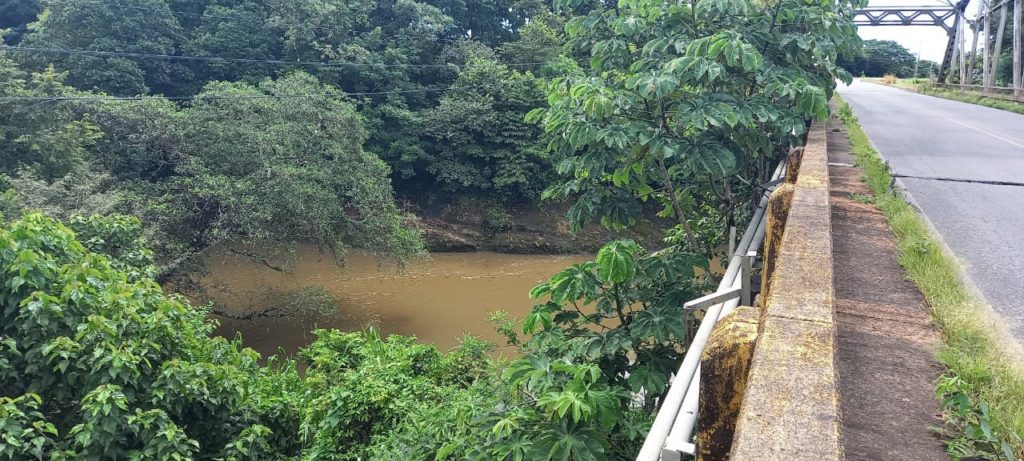
There are lots of rivers to cross in western Costa Rica, all flowing to the Pacific.
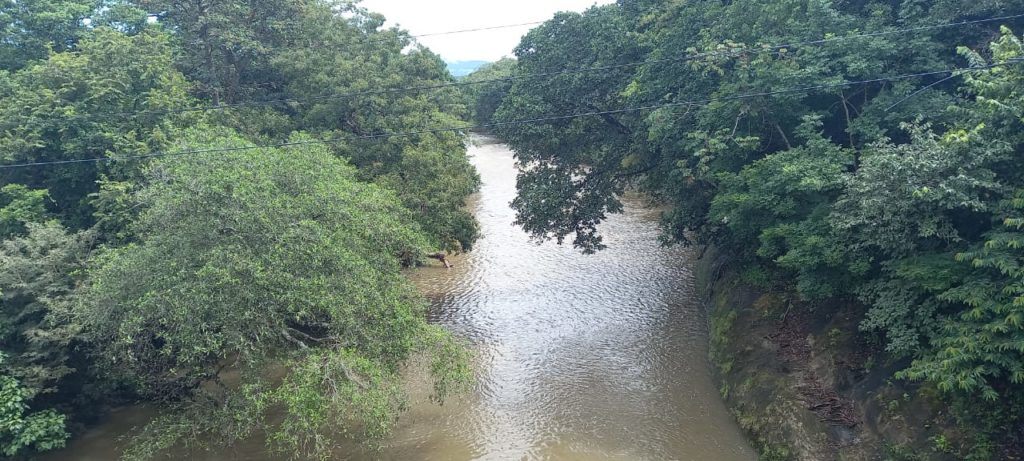
One of the major rivers is the Rio Tempisque.
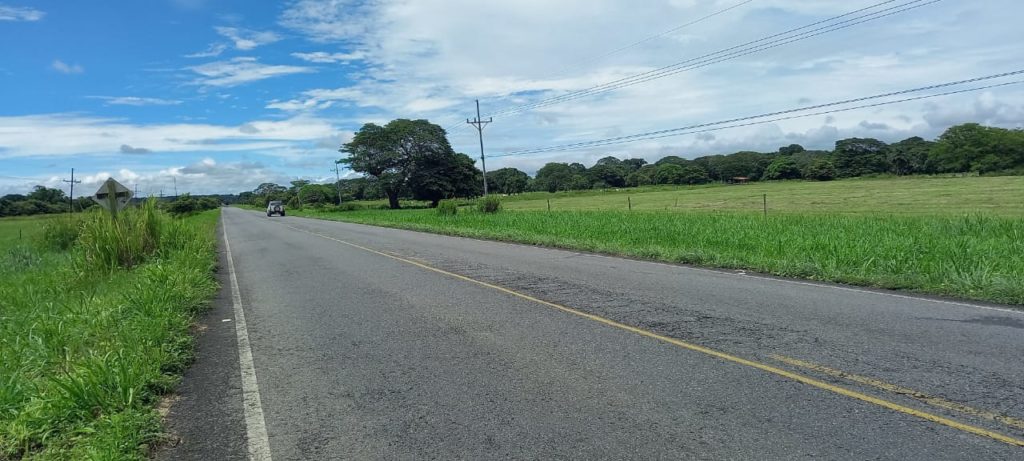
Most of the territory crossed by Fr. Miguel, Ignacio, and Eduardo today is dedicated to agricultural use.
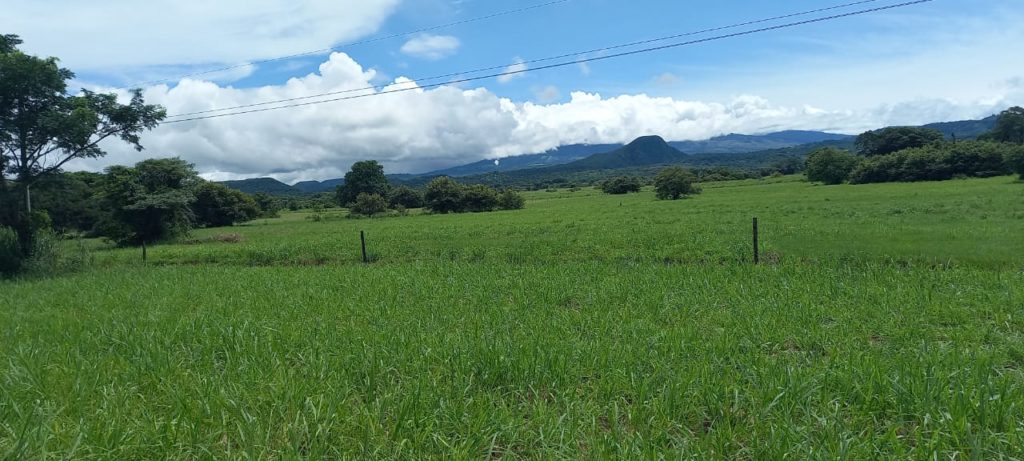
At this time of year, the fields are lush and green.
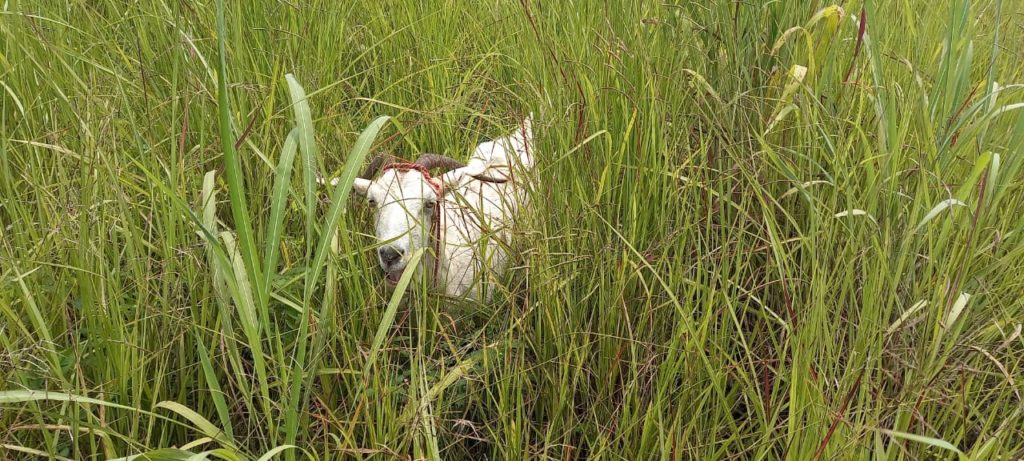
You never know what might be hiding in the tall grass!
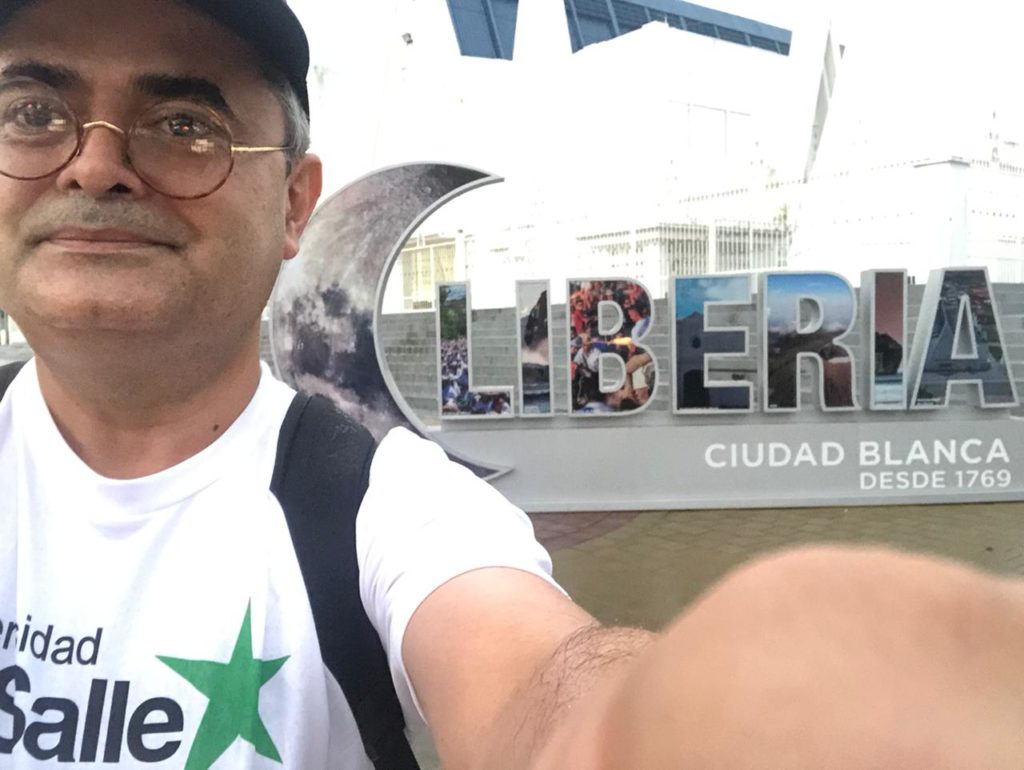
Eventually the team arrived in Liberia, Costa Rica, where they were joined by Leo, a relative of Fr. Miguel. Leo plans to walk with the team the rest of the way to San José. Everyone is very happy to have him along. Leo has spent his professional life in the field of education. He has many ideas to share with Fr. Miguel regarding things we can do at The Little Mountain School back in Guatemala.
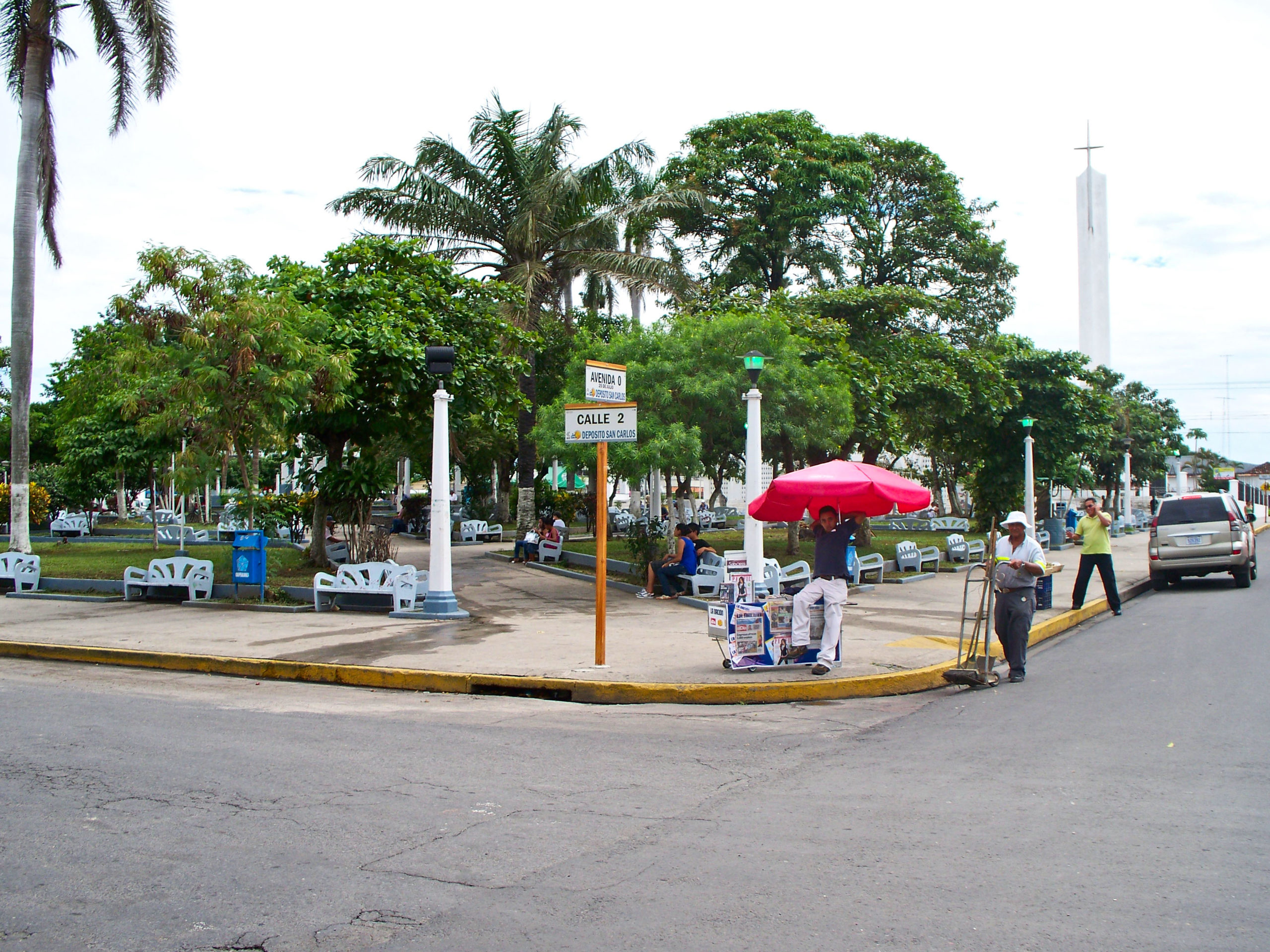
Liberia has been nicknamed la ciudad blanca (the white city) because of the white gravel that once was used to pave the streets and the whitewashed colonial houses that used to line those streets.
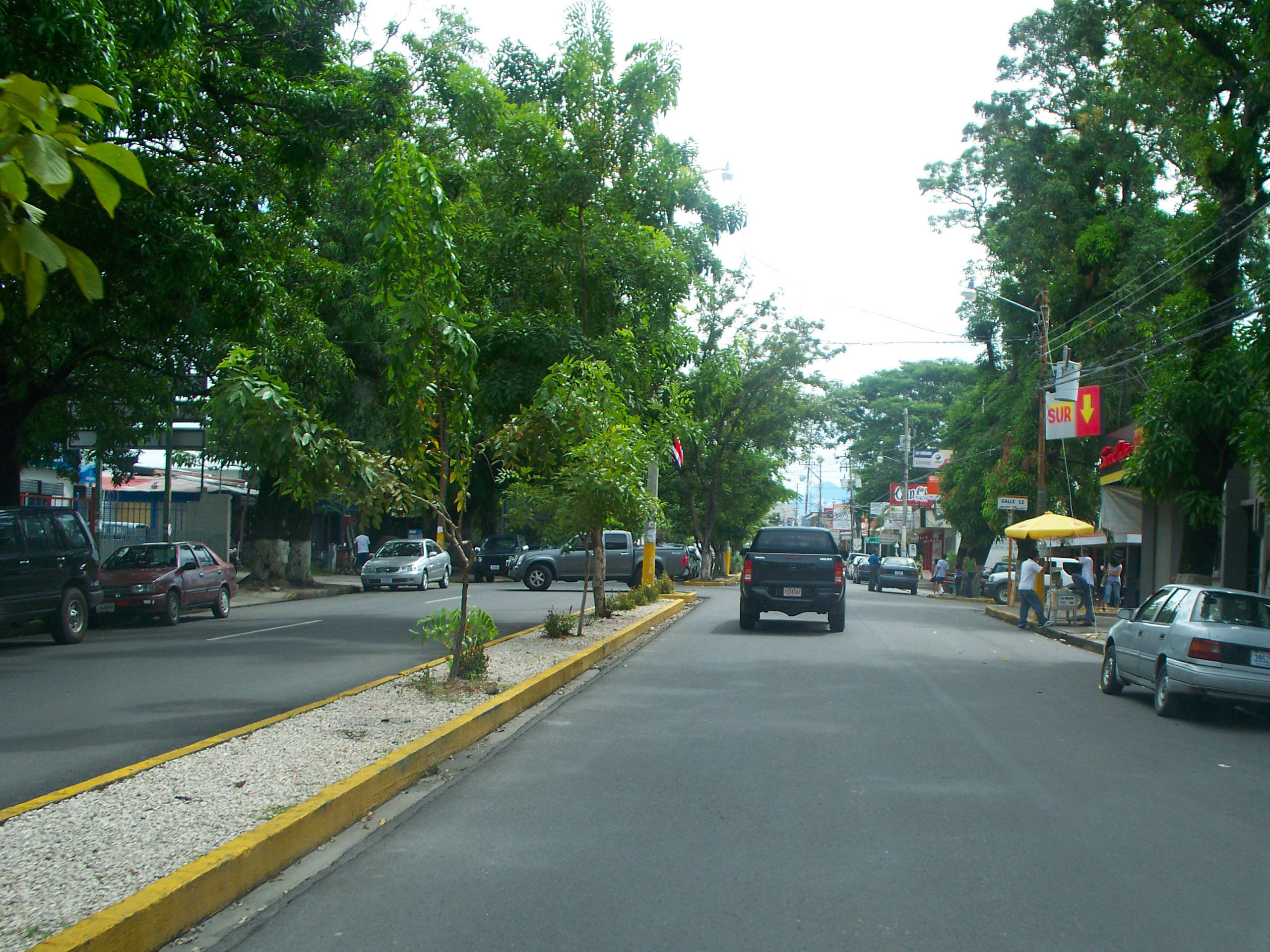
Much of what made Liberia la ciudad blanca has now vanished, but the city has morphed into a major center for tourism in Costa Rica. With the construction of the Pan-American Highway, Liberia became a convenient stopping spot for tourists on their way to the beaches of the Pacific Coast.
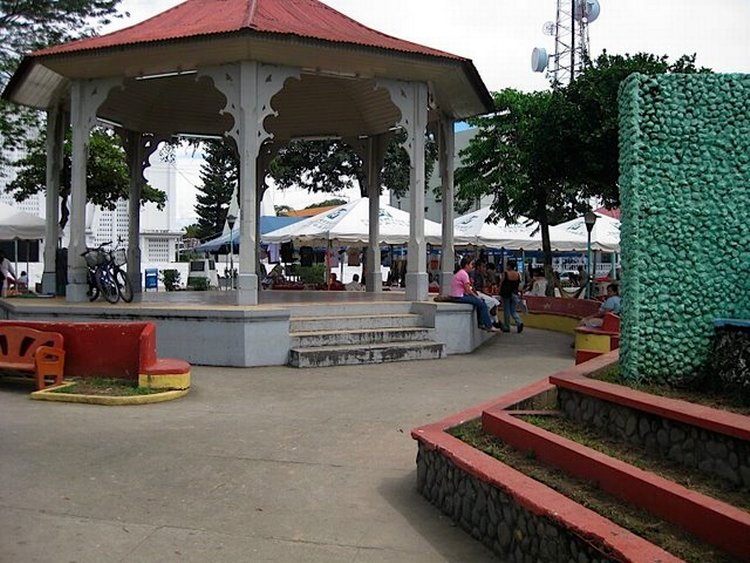
As in most Central American cities, there is a Central Park that provides a place to rest in the midst of the busyness of the city. The park is centered around an enormous guanacaste tree where, in the early days of the city, livestock would come for shade and rest.
In 1870 a fence of aloe vera stalks (later replaced by barbed wire) was built around the city in order to keep roaming livestock from neighboring farms away from the center of the city. The five wooden gates in the fence were always kept closed, with residents having to open and close them each time someone passed through. In addition to the mess livestock would make of the streets (Use your imagination!), cows liked to lick the walls of the adobe houses and would cause considerable damage. The fence stood until 1956, when roaming livestock was no longer an issue.
The Victorian gazebo was built in the early 1900’s and quickly became a place where locals could gather for musical entertainment. On 26 August 2004, it was declared an architectural and historical heritage site.
Liberia is home to Costa Rica’s only international airport. It is named for Daniel Oduber Quirós, Costa Rica’s president from 1974-1978, who was instrumental in building the infrastructure of Costa Rica.
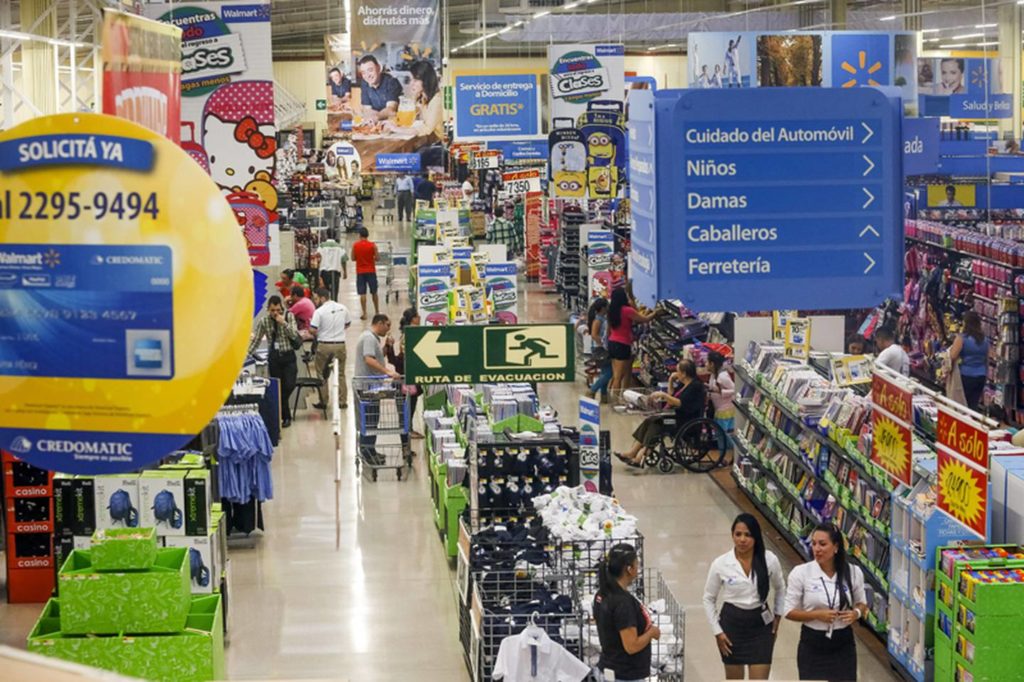
Liberia is a modern city of over 50,000 residents where one can find all of the conveniences one would expect in a major city. In Liberia, they even have a Walmart! No kidding! It’s pretty much like any other Walmart in the world. Here’s a link: https://www.weeklycrawler.com/local-news/walmart-liberia-costa-rica-review-prices-and-hours/
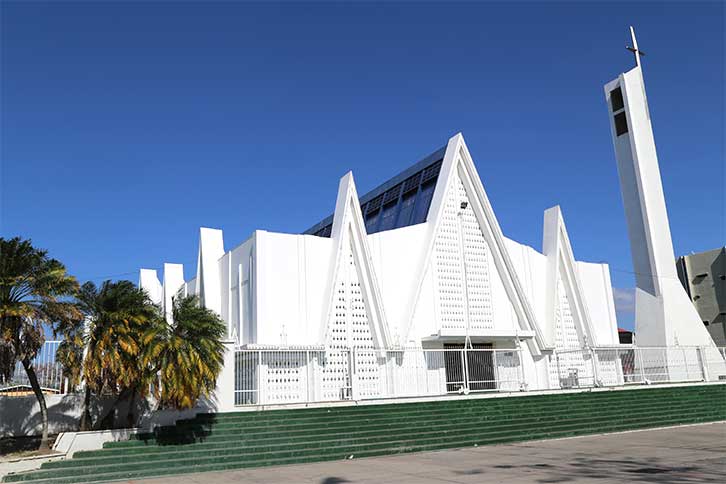
The Cathedral of the Immaculate Conception was built in 1966. Its modern design made use of prefabricated materials. The three naves of the church represent the Trinity: Father, Son, and Holy Spirit.
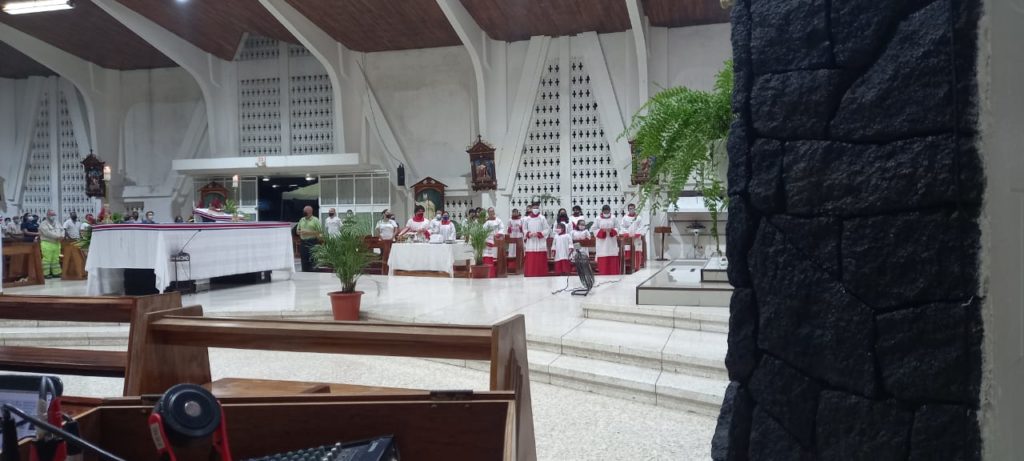
Fr. Miguel and the team were able to attend Mass at the Cathedral on 9 September, the day on which Costa Ricans celebrate Dia del Niño (Children’s Day) every year.
Children’s Day has been celebrated in Costa Rica since 1946. Eight years later, in 1954, the United Nations made a formal recommendation that all countries set aside one day each year to promote the welfare of the children of the world. Children’s day is celebrated on different dates in different countries.
According to Humanium, a non-profit dedicated to stopping violations of children’s rights throughout the world, Costa Rica receives about a B (8.53 out of 10) for protecting and providing for its children. That puts it at the same tier as the United States and most of Europe. But there are still major issues that Costa Rica must combat, including poverty, health, education, child labor, violence (including sexual violence against children), and child trafficking.
In Costa Rica, about one fourth of the population is younger than 14 years old, making Dia del Niño a very popular holiday. Although Dia del Niño is not a legal holiday, and schools and workplaces do not close, most people find ways to celebrate. If Dia del Niño falls on a school day, students do not have the usual classes. Instead the schools usually provide a variety of fun activities such as face painting, cooking lessons, and sporting competitions. If Dia del Niño falls on a weekend, parents try to spend as much time with their children as possible, celebrating in various ways that usually include some type of special event. Families may visit amusement parks or arrange parties or family dinners. And, of course, small presents and sweet treats like cake and ice cream are generally involved!
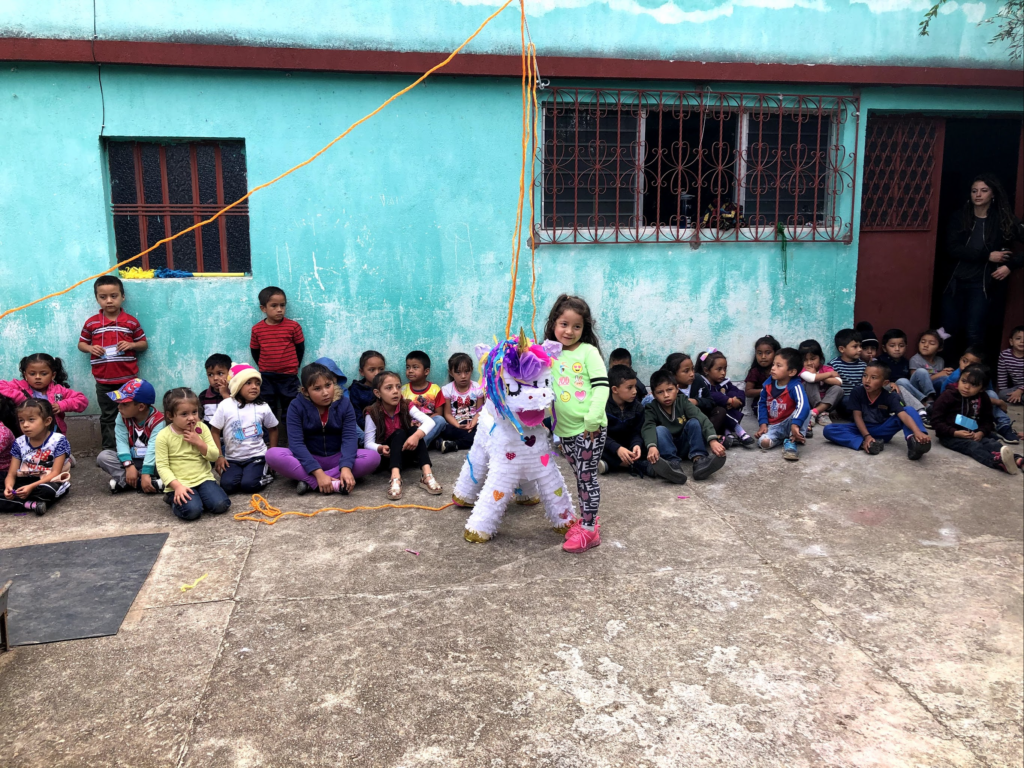
In Guatemala, where we have The Little Mountain School, Dia del Niño is celebrated on 1 October each year. Governmental institutions and schools organize various events and activities, such as breaking piñatas, clown performances, face painting, and the exchange of small gifts and candies. Many children, like most of our children at The Little Mountain School, live in poverty. This celebration is an opportunity for them to forget about the challenges of life. It puts a smile on every face! These children from The Little Mountain School are certainly having a good time!
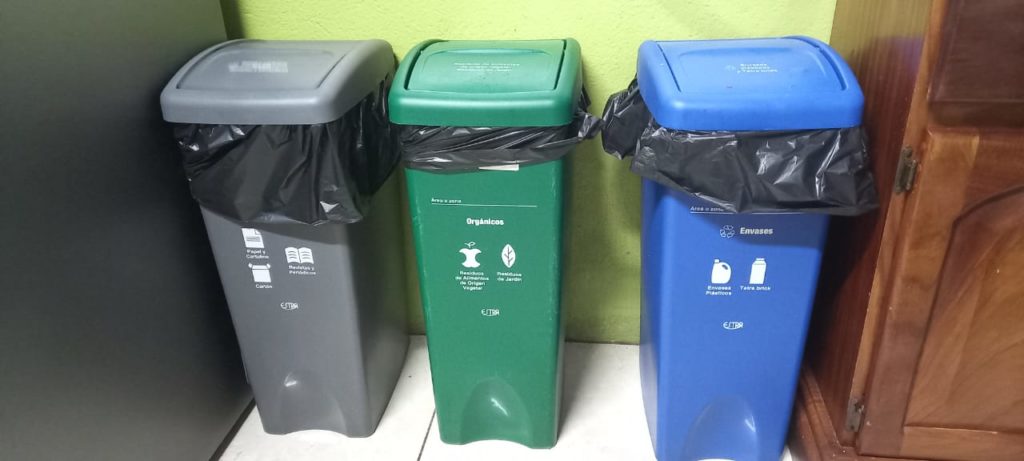
But back to Costa Rica… Another thing for which Costa Rica is well known is its leadership when it comes to ecological awareness. Recycling increased 469% between 2015 and 2017! In 2017, Costa Rica recycled 100,200 tons of waste, equivalent to the weight of 64,645 Toyota Yaris cars!
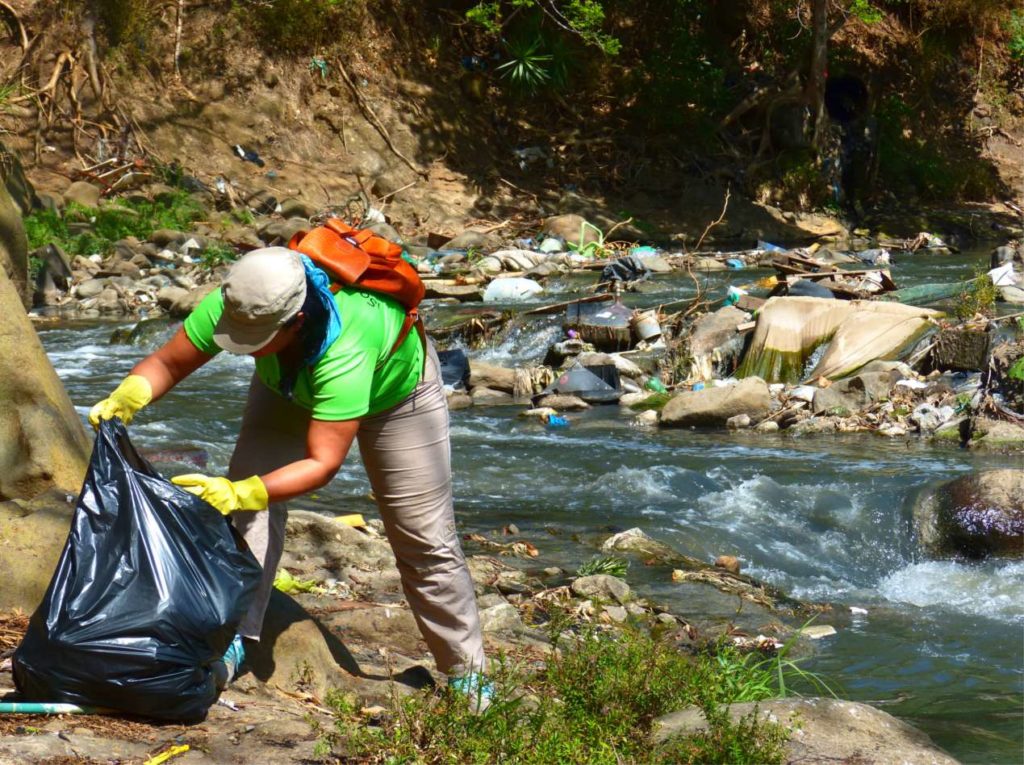
Private and governmental efforts to collect waste along Costa Rica’s waterways has greatly increased in recent years.
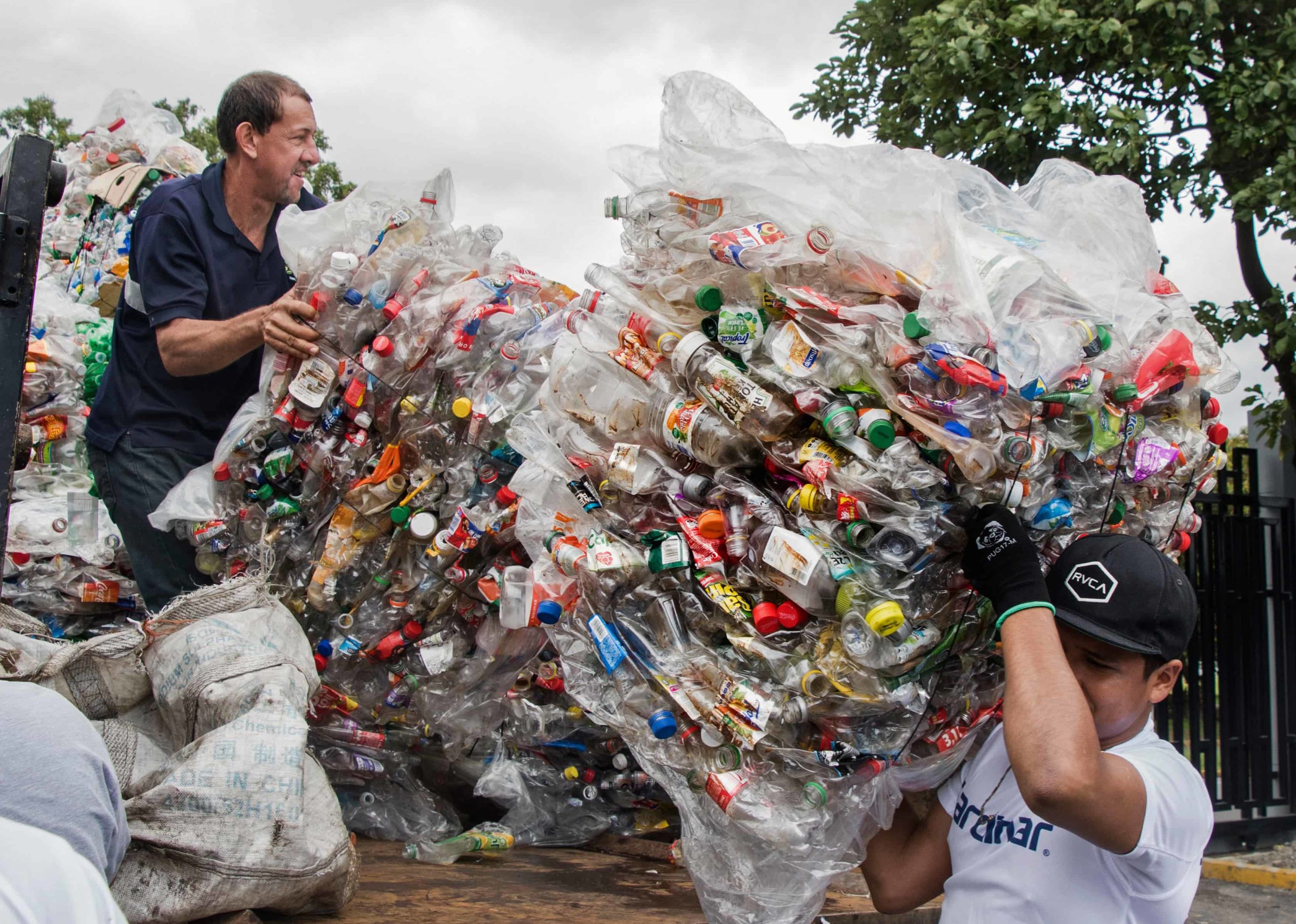
“Ecoins” is a private company that aims to promote ecologically friendly means of waste management. People can take their recyclables to one of 287 collection centers throughout Costa Rica and exchange them for discounts on products and services from dozens of participating businesses. Ecoins was launched in April 2018 and in 18 months attracted 1,600 tons of recyclable waste from 51,000 users. They have already expanded operations into Panama, Peru, Guatemala, and El Salvador, and plan to offer service in Honduras, Mexico, Chile, Columbia, and Jamaica in the near future.
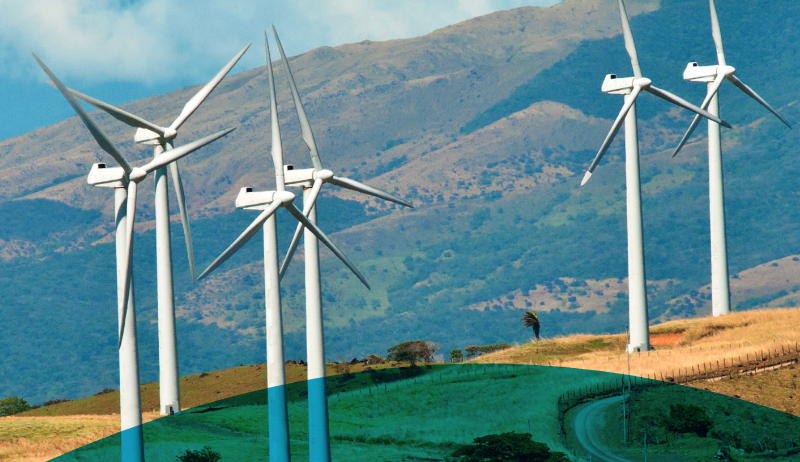
Costa Rica has some pretty impressive credentials when it comes to protecting the environment. More than 98% of Costa Rica’s energy is renewable, and forest cover has risen to about 53%. Nearly one quarter of the country’s land has been turned into protected parks and reserves.
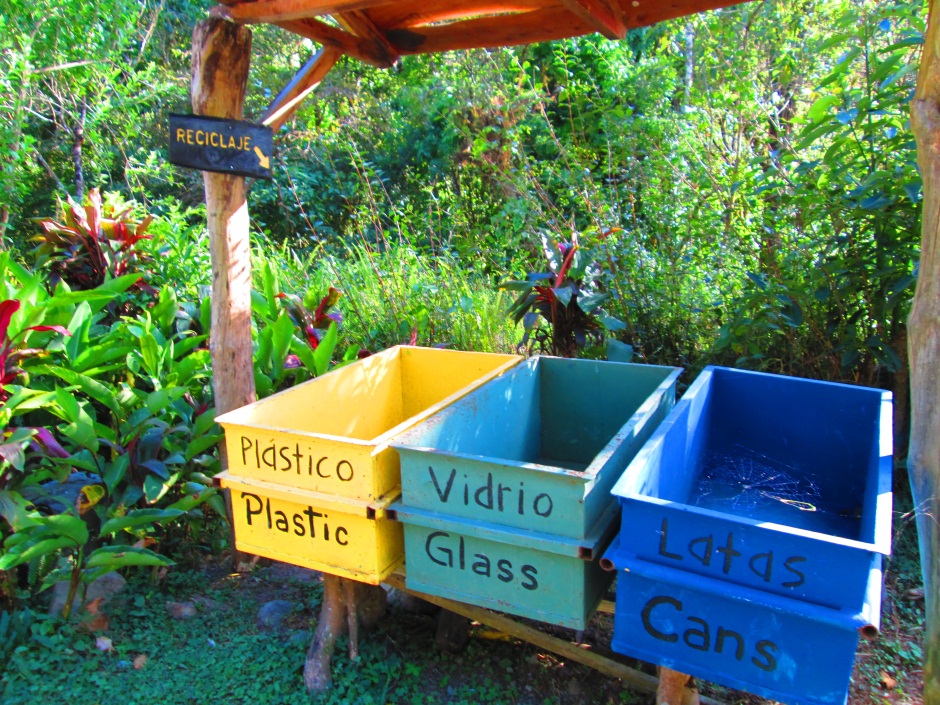
In 2019, Costa Rica was awarded the Champions of the Earth award from the United Nations Environment Programme. The government of Costa Rica is aiming to achieve net zero emissions by 2050, meaning the country will produce no more emissions than it can offset with actions such as maintaining and expanding its forests.
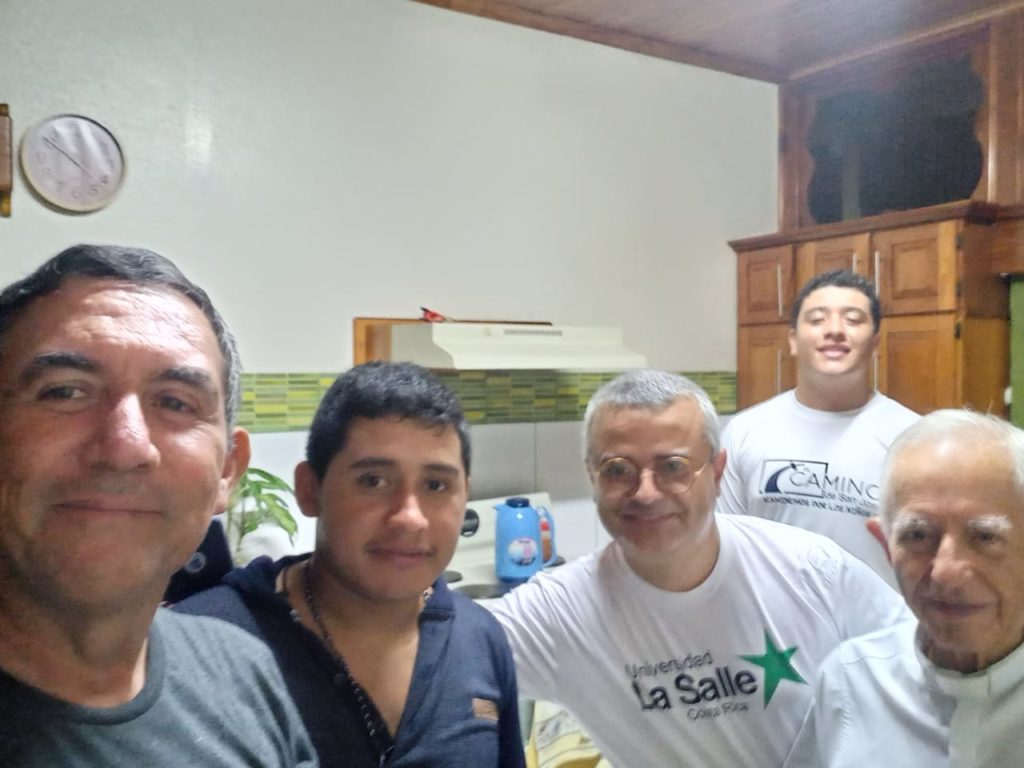
After a day of walking, seeing the sights of Liberia, and attending Mass, the entire team was happy to make the acquaintance of Fr. Edwin Baltodano. This amazing priest is 95 years old.
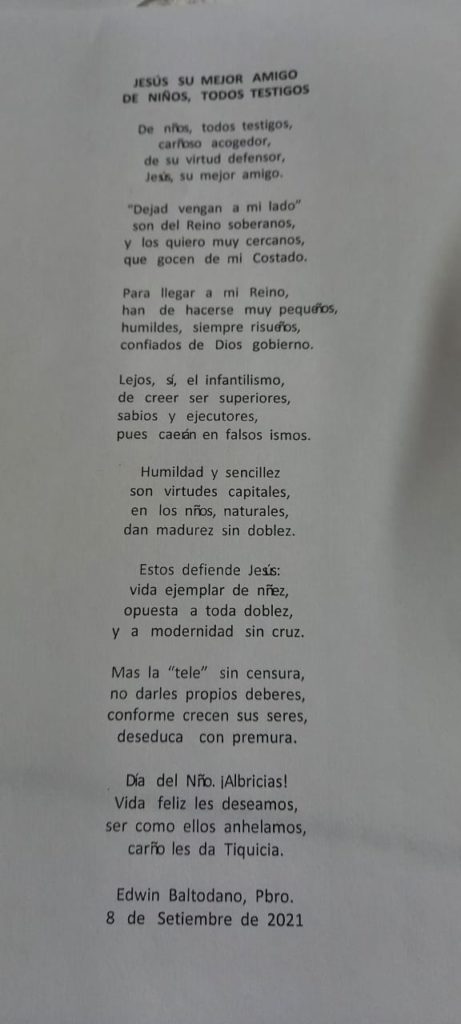
Fr. Baltodano writes beautiful poetry. This is an example of his work, a poem written just last week in honor of Dia del Niño. My Spanish is not good, so I have to rely a great deal on Google translate, which doesn’t usually pick up on the nuances of language such as idioms. But here’s a rough translation of Fr. Baltodano’s poem:
Jesus your best friend as children, all witnesses
As children, all witnesses,
fleshy host,
of your defending virtue,
Jesus your best friend.
“Let them come to my side.”
They are sovereign of the Kingdom,
and I want them very close,
that they enjoy my Side.
To reach my Kingdom,
they have to become very small,
humble, always smiling,
trusting in God’s government.
Far, yes, childlike,
from believing to be superior,
wise and executors,
because they will fall into flashes.
Humility and simplicity
are capital virtues,
in children, natural,
they give maturity without grace.
These defend Jesus:
exemplary life of children,
opposed to every fold,
and to modernity without a cross.
But the uncensored “TV”,
not giving them their own duties,
as their beings grow,
miseducates with haste.
Children’s Day. Good news!
We wish them a happy life,
to be as they yearn for,
my love for Tiquicia.

Stay tuned for more updates as Fr. Miguel, Ignacio, and Eduardo continue toward San José tomorrow! And don’t forget to click the “Donate Now” button to help the precious niños of The Little Mountain School. They LOVE hugs from former teacher Reina Slaymaker, which your donations have made possible!
